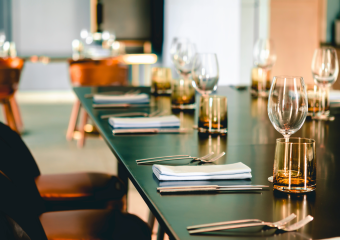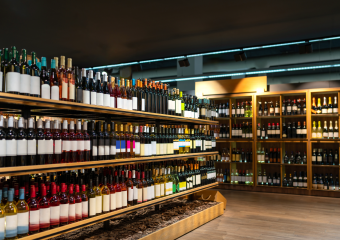Snap Wine and the Rise of AI-Personalized Tastings
Snap Wine is revolutionizing the wine industry by integrating artificial intelligence to create highly personalized tasting experiences. This innovative approach is not just changing how consumers select their wines; it’s enhancing their appreciation and understanding of different varieties, bouquets, and profiles.
What is Snap Wine?
Snap Wine is a pioneering platform that harnesses the power of AI to tailor wine recommendations to individual taste preferences. By analyzing a user’s past wine choices, flavor preferences, and even food pairings, the AI algorithm identifies patterns and predicts wines that are more likely to delight the palate of the user. This method surpasses the traditional one-size-fits-all recommendations that dominate many wine shops and online stores, offering a more customized and satisfying experience.
The Role of AI in Enhancing Wine Tastings
Artificial Intelligence, when applied in the realm of wine tastings, serves a multifaceted role. Firstly, it collects and processes large data sets related to user preferences and sensory experiences, which are often complex and subjective. This data includes not only user ratings and feedback but also nuanced descriptors of wines they’ve tried. From acidity and sweetness levels to fruit notes and tannin strength, AI algorithms are able to dissect these details to understand and predict what might best suit the user in future selections.
Secondly, AI can simulate and optimize pairing scenarios. For example, if a user is planning a dinner menu and wants to know the best wine to complement a dish, Snap Wine’s AI can instantly suggest options based on its understanding of flavor profiles and historical data about successful pairings.
Streamlining Selection with Personal Preferences
One of the main benefits of AI-personalized tastings is the ability to streamline the wine selection process based on personal preferences. The guesswork and often overwhelming decision-making process in wine shopping is significantly reduced. Users can rely on a curated selection that feels both personal and tailored, almost as if a sommelier was at their side helping them make an informed choice.
Additionally, this personalized approach helps users explore wines they might not have considered before. By stepping out of their comfort zone but within the parameters of their taste profile, wine lovers can discover new favorites without the risk of disappointment.
Educating the Consumer
Beyond just recommending wines, Snap Wine and similar AI-driven platforms have an educational element. They provide detailed explanations about why a particular wine was suggested, including the characteristics of the grape variety, the region it comes from, and how these influence the wine’s flavor and aroma. This information not only enriches the tasting experience but also boosts the consumer’s wine knowledge over time.
The Future of Wine Tasting
The integration of AI in wine tasting predicts a future where technology and tradition blend seamlessly. As the algorithms become more refined and datasets more comprehensive, the accuracy and sophistication of these personalized recommendations will only improve. This technological progression might lead to more advanced features, such as virtual reality wine tastings or interactive, AI-guided wine tours that could bring the vineyard experience into the consumer’s living room.
Conclusion
Snap Wine represents just the beginning of how AI can transform traditional industries by making them more consumer-centric and experientially rich. The marriage of AI and wine tasting is not just about matching consumers with bottles; it’s about creating a deeper connection between the drinker and the drink. As we look to the future, the fusion of technology and personalized service promises to enhance not just wine consumption but the culinary arts as a whole, making each sip and each bite a more delightful and enlightening experience.





